Understanding Color Psychology
Color psychology is a fascinating field of study that explores the impact of colors on human emotions and behaviors. It is grounded in the understanding that different colors can evoke specific feelings and perceptions, influencing how individuals respond to their environment. This phenomenon is not just personal; it is also deeply rooted in cultural contexts, where certain colors carry various meanings and significance that can vary from one culture to another.
The warmth of red, for example, is often associated with passion, energy, and urgency. It can stimulate excitement and is frequently used in fashion to draw attention. Conversely, blue typically evokes a sense of calmness and tranquility, providing a feeling of security and stability. These psychological associations between colors and emotions have significant implications, especially in fashion, where choices of clothing can profoundly affect an individual’s mood and the perceptions of others.
Moreover, the psychological effects of colors may also vary based on personal experiences and individual differences. For instance, while green is frequently linked to nature and freshness, promoting feelings of relaxation, someone who associates this color with jealousy may experience an entirely different emotional response. This subjective nature of color perception highlights the complexity of color psychology, which comprises both universal associations and personalized interpretations.
As fashion designers and consumers alike become increasingly aware of these psychological influences, there is a clear emphasis on choosing colors that not only resonate aesthetically but also enhance emotional well-being. In navigating wardrobe choices, understanding the principles of color psychology can empower individuals to select hues that align with desired moods or self-representations. This foundation will help us further delve into how color choices in fashion impact personal expression and overall feelings.
The Role of Color in Fashion Choices
Color plays an essential role in shaping fashion choices, influencing not only individual style but also how individuals perceive themselves and are perceived by others. The psychology of color can significantly impact emotional states, leading people to select garments that resonate with their feelings or the atmosphere they wish to create. For instance, individuals may opt for vibrant hues, such as red or yellow, when seeking to project confidence and energy, while cooler tones like blue or green might be favored during introspective moments, fostering a sense of calm and relaxation.
In the realm of fashion design, many prominent designers leverage the power of color to evoke specific moods and responses. Consider the use of bold colors by brands like Versace, which often incorporate saffron and electric blue to convey a sense of extravagance and modernity. On the other hand, minimalist designers such as Calvin Klein typically employ neutral tones, emphasizing simplicity and sophistication. Such strategic color choices not only reflect a designer’s vision but also guide consumers toward the emotional association they wish to experience with their clothing.
Seasonality also plays a pivotal role in color trends, with designers taking cues from seasonal palettes to inform their collections. For example, pastel colors commonly dominate spring collections, evoking feelings of renewal and optimism. In contrast, autumn often introduces deeper, richer colors like burgundy and mustard, invoking warmth and comfort. These seasonal transitions are not merely aesthetic choices; they carry psychological implications, affecting how consumers feel about their attire and encouraging them to align their wardrobe with the prevailing mood of the season.
Ultimately, color in fashion serves as a vital connector between emotional expression and personal style, revealing how deeply intertwined our clothing choices are with our psychological states and self-perception.
Case Studies: Mood and Color in Different Fashion Contexts
Understanding the relationship between color, fashion, and mood has been highlighted through several case studies that offer insight into how specific hues influence our emotional responses. One notable example is in the workplace, where the color blue is often employed in office wear. Studies indicate that wearing blue can enhance feelings of calmness and productivity among employees. Many professionals report that blue attire helps them feel more focused and less stressed during demanding workdays, fostering a more collaborative atmosphere.
In social settings, the impact of color becomes even more pronounced. For instance, during a study conducted at various social gatherings, participants wearing red were perceived as more confident and outgoing. A series of testimonials revealed that individuals in red clothing reported heightened feelings of self-assurance and sociability, which contrasts sharply with responses associated with more subdued tones like grey or beige. Those wearing these muted colors often described feeling less engaged or even invisible in group scenarios.
Special events also present a fascinating arena for color psychology. A case study involving weddings highlighted the emotional resonance of different shades. Brides adorned in white typically embody purity and tranquility, while bridal parties in vibrant colors, such as yellow or coral, reported feelings of joy and celebration. Interviewed bridesmaids frequently expressed a sense of elation and energy when donning lively hues, suggesting that color not only enhances visual aesthetics but also uplifts emotional experiences associated with such milestones.
These case studies collectively underscore the intricate link between color choices in fashion and their corresponding effects on mood across various contexts. They demonstrate that what we wear profoundly influences how we feel and interact in both personal and professional domains. As such, the strategic use of color in clothing can serve as a powerful tool in shaping our emotional landscapes.
Practical Tips for Incorporating Color Psychology in Your Wardrobe
Integrating color psychology into your wardrobe can significantly influence your mood and confidence. To begin, consider your personal mood goals. Different colors evoke distinct emotions; for example, if you aim to feel more energetic, incorporating shades like orange and yellow into your outfits can be beneficial. On the other hand, if your goal is to cultivate a sense of calm, opting for blues and greens would be advisable. Start by identifying what emotions you would like to promote or enhance through your clothing choices.
Next, understanding color combinations is crucial. Complementary colors, which are opposite each other on the color wheel, can create a balanced look while stimulating positive feelings. For instance, wearing a blue skirt with an orange blouse can evoke a vibrant visual and emotional reaction. Monochromatic schemes, which utilize different shades of a single color, can foster a sense of harmony and sophistication. Experimentation with various combinations will help you understand what resonates with your personal style and psychological needs.
Moreover, consider the significance of attire for different occasions. For professional settings, incorporating neutral tones with pops of brighter colors can convey confidence while maintaining approachability. In casual situations, feel free to embrace playful or bold colors to uplift your mood. Accessory choices also allow for flexibility—adding colorful scarves, bags, or shoes can enhance an outfit without overwhelming it. Finally, evaluate your wardrobe regularly, making room for colors that resonate with you while phasing out those that don’t serve your emotional goals. By thoughtfully considering these elements, you can use fashion as a tool to enhance your well-being and emotional state.


